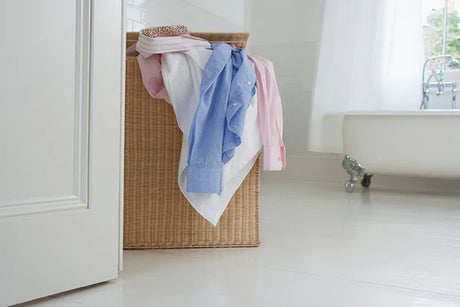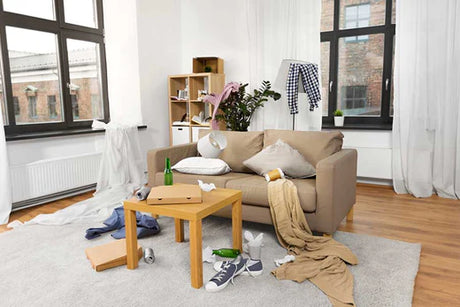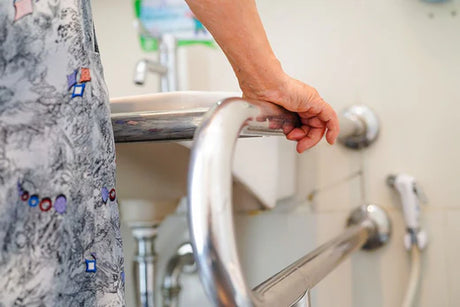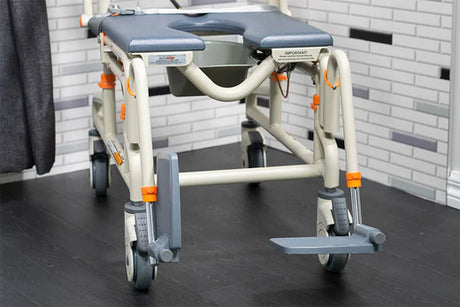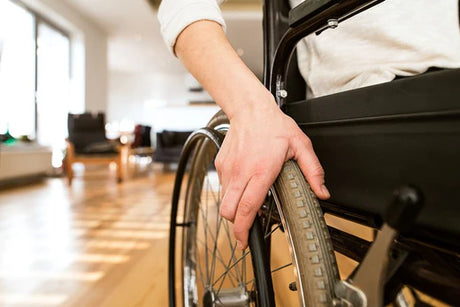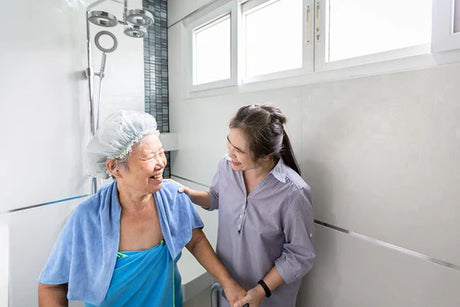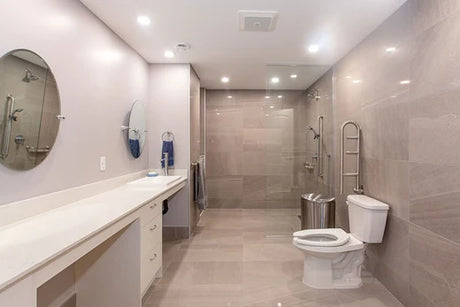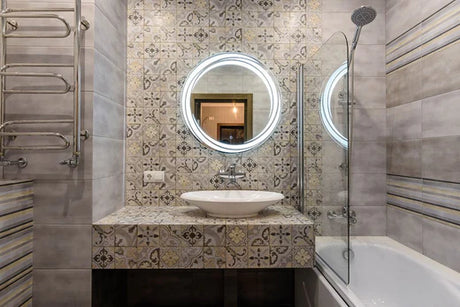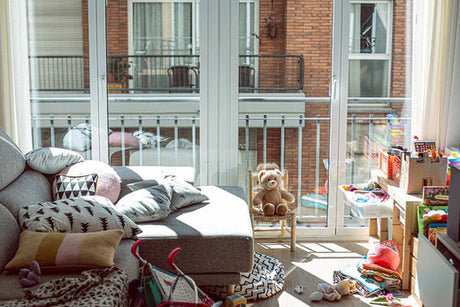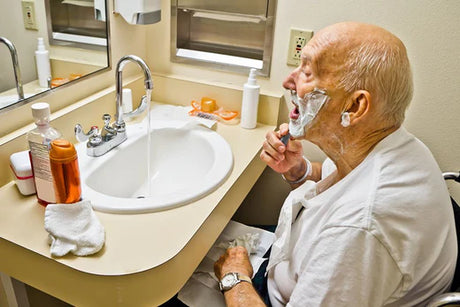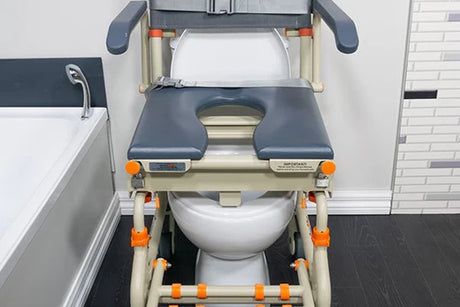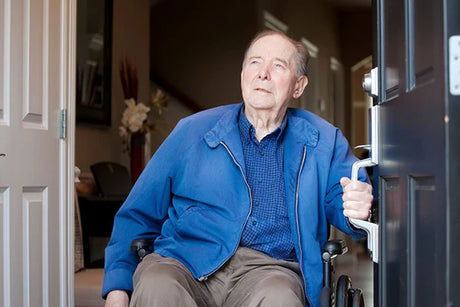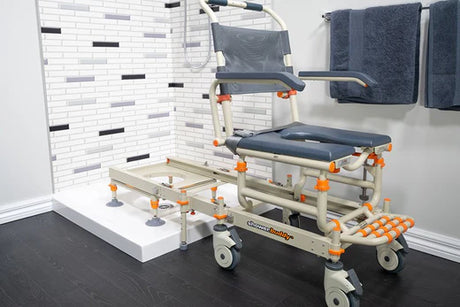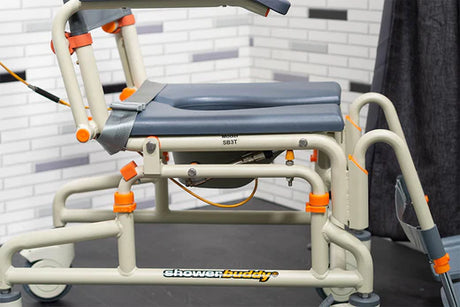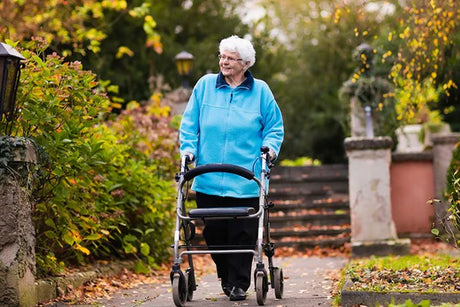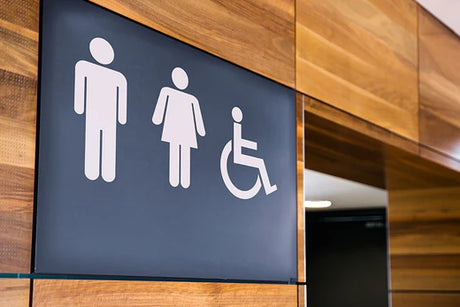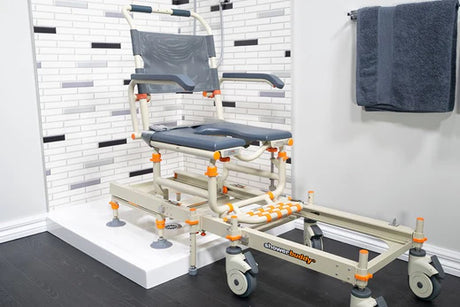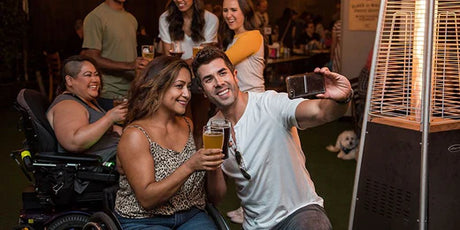When living with a disability at home, toilet safety is the absolute priority. Depending on the impairment, we all have differing abilities to maneuver or support ourselves with typical movement and activities. While using the toilet, it’s important to give every Australian as much dignity and security for this daily routine.
The hazards of the standard bathroom for toilet use
Even with full mobility, careful movement is essential in the bathroom. When impaired due to disability or old age, the hazards in the bathroom become magnified. We can’t react as quickly, struggle to stabilise or support our weight. In a wet environment with many hard and sharp edges, this becomes a real danger. Typical hazards include:
- Slippery flooring (lino, tiles etc).
- Transferring between shower and toilet.
- Steadying on the toilet.
- Moving onto or off the toilet.
- Vanity and cabinet edges nearby the toilet.
- Cleaning the toilet.
Keeping a clean, dry bathroom environment
The first part of toilet safety is making sure the whole bathroom is dry – particularly the floors and flat surfaces like the toilet seat. At the same time, removal of any dirt or soap will reduce the chances of slipping.
As cleaning a bathroom is reasonably intensive work, this job may be part of the routine of your support – in home carer, family, cleaner etc. A bathroom deep clean regularly will help for a safer, more hygienic environment for those with mobility impairments (and everyone else too!).

Then there’s the issue of ‘stuff’ in the bathroom. It’s common to have laundry hampers, bath toy baskets, stools and other objects on the floor. But even if these are tucked away to the edges these can present a tripping hazard. A mobility-friendly bathroom will have storage options like shelves, cupboards and hooks to keep the ground clear for passage. So tap into your inner Marie Kondo and make the bathroom a minimalist space!
Use the help of a support person
While some people with disabilities can still use the toilet independently without another person present, for many this process requires more help. As part of your ongoing support plan, an Occupational Therapist will work with you to determine what role an in home carer might play. Some Showerbuddy customers rely on the incredible support of their family members online to do this. And others, where family can’t be around 100% of the time, will gain access to a professional in home carer who is well trained in many different support functions like transferring an individual off a wheelchair and onto a toilet.
A support person can simultaneously help with the process of using the toilet, but also look out for hazards in the bathroom and address these beforehand (like cleaning and drying).
Using equipment to make toilet use safer
Transfer chairs
Showerbuddy products have been designed to bring the best in comfort, mobility and safety for individuals without needing to make any permanent changes to the bathroom. Our range isn’t just for showering though – our most popular chairs come with an inbuilt removable cushion and seat height clearance that fits over most standard toilets. And for times away from the bathroom, we also include a smart, discrete commode system.
A transfer system like Showerbuddy is one of the best safety measures for toileting because it reduces the heavy lifts and movements required in the whole bathroom routine. In fact, a carer could transfer the user onto the Showerbuddy chair once, position over the toilet, transfer them into the shower via the included bridge, transfer out and try off – all without the disabled individual moving at all. Heavy lifts and slippery surfaces (which do happen during a shower, no matter how clean!) don’t mix that well – so a safe mobility system like Showerbuddy is a wise choice.
What other equipment can be used to help toilet safety?
A transfer chair is worth investigating but there are other options too:
Grab Bars
Made of either metal or plastic can be installed on any wall in a bathroom and are designed to provide people something to hold onto when walking on a slippery bathroom floor. In a self-propelled chair, these can be good to leverage and pull along with. The downside here is that if the individual doesn’t have the arm strength to carry their weight in the event of a slip, injury is a big possibility.
Although grab bars provide good support to those with sufficient arm strength, sometimes there is no structural support behind the wall lining. This makes it difficult to successfully fit these bars in existing bathrooms. It can be dangerous if they are not secured strongly to the structure behind the wall lining.
Some grab bars are suction cup-fitted to walls. These can work well without direct structural fixings, but the wall surface must be smooth and above all else, cleaned with the right solvent or cleaner recommended by the bar manufacturer in order to achieve a satisfactory and safe suction that holds the grab rail in place. The wall lining must also be strong enough to withstand the pull-force exerted when a user pulls their weight onto it. There have been reports of significant injury resulting from such suction failures as the grab bar comes off the wall.
Toilet Frames
Toilet frames, made of metal or plastic provide free standing grab bars around an already installed toilet. The bars can assist a person to lower themselves onto a toilet and to stand up again once they are finished. They can help maneuver a chair into position, and of course provide extra stability for an individual that still has strength and motor ability in their arms and shoulders.
Raised toilet seats with or without bars
Raised toilet seats can also be installed over existing toilets. They are a very thick, usually plastic seat that sits on top of the toilet. They provide extra height to the toilet for people who find regular toilets too low to use comfortably or safely. The downside of some of these units is they are a hassle to remove – if that’s even an option. Plus, there’s still a transfer onto and off of the raised seat. A transfer chair gives you this raised toilet seat function when it’s needed – but it’s removed in seconds for others in the household to use the regular toilet seat.
Non skid or slip mats
Bathroom floors are notoriously slippery, especially when they are wet. Installing non-slip or non-skid flooring can be costly though – and might not even be an option in a rented home. A more affordable option is to buy non-slip or skid mats and place them on the floor.

Dignity and privacy in the bathroom
- Keep communication high between the support person and mobility-impaired individual. The best working relationships are built on open, honest dialogue – what do you need, what is comfortable etc.
- Stay secure – the support person should observe all practical steps to keep the bathroom closed from outside view or intrusion.
- Do not rush the individual through the process – and respect their own wishes around their toilet routine.
- Assist the process, don’t ‘control’ the process.
- Avoid bringing other family members or anyone else into or near the space – the bathroom support person is there to help with the process – no one else.
- Encourage decision making and change of mind – a routine may evolve with the mobility impaired person’s changing preferences and comfort levels, be ready to adapt!
- Don’t be afraid to keep a conversation going if both parties are happy to. It might be business time, but often a friendly dialogue is a welcome distraction from the task at hand. Many of our customers and their support people prefer this approach to silence!
Further Reading
- Disability Rights – Australian Human Rights Commission.
- Showerbuddy product range with toilet function.
- Our article on How to improve shower safety for disabilities – with more bathroom tips!






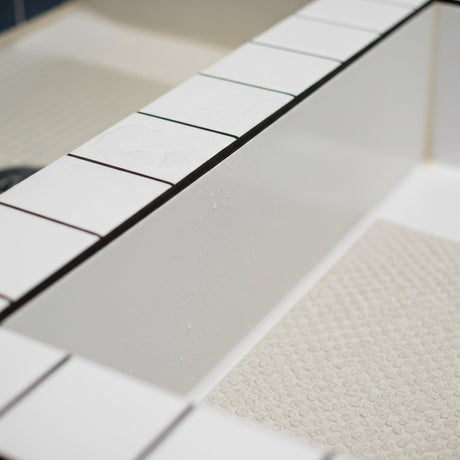

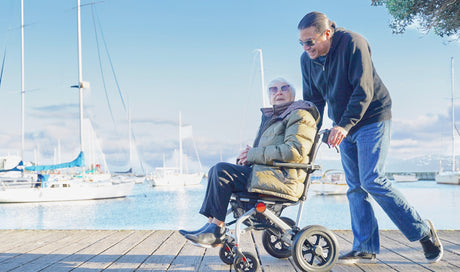
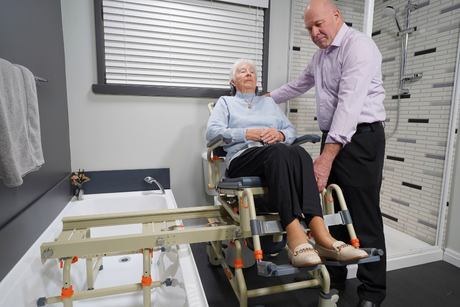
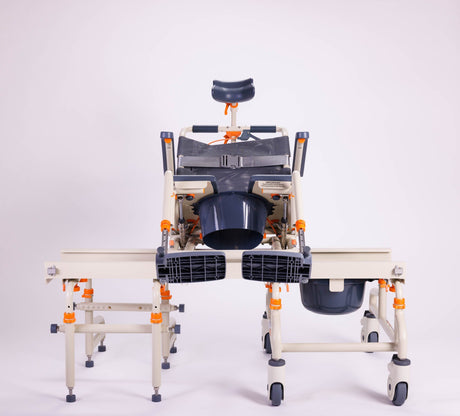
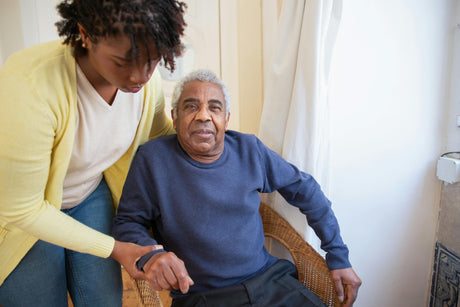
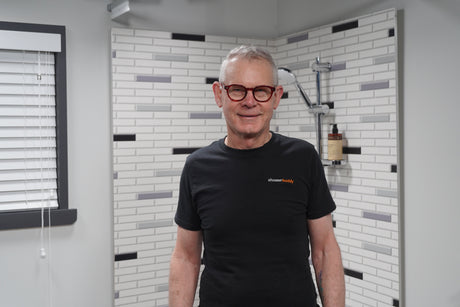
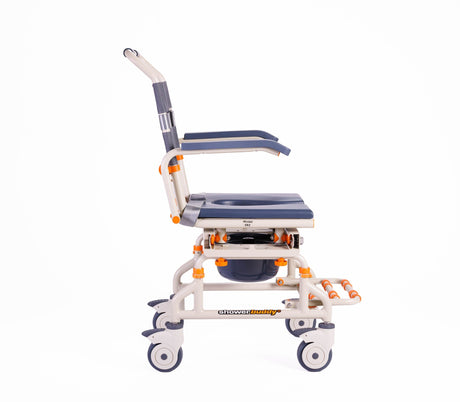
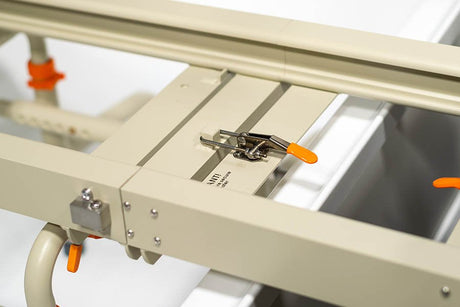

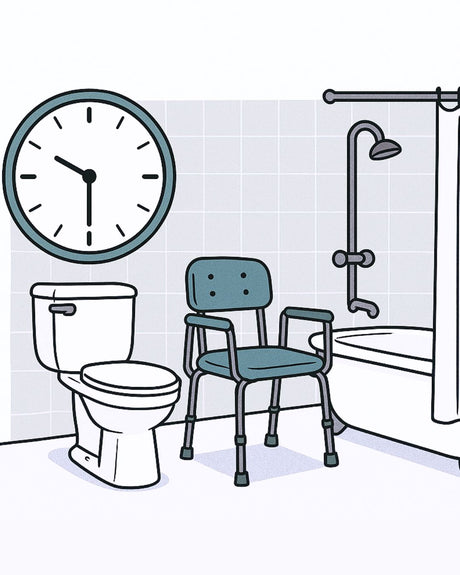
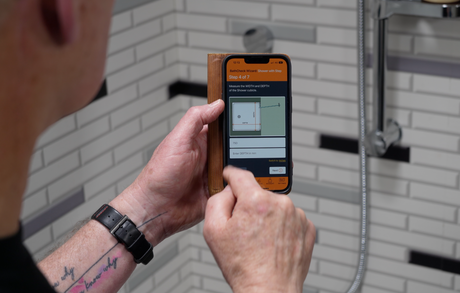
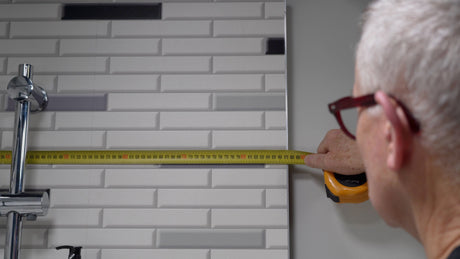

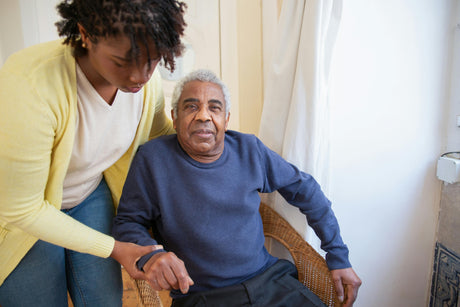
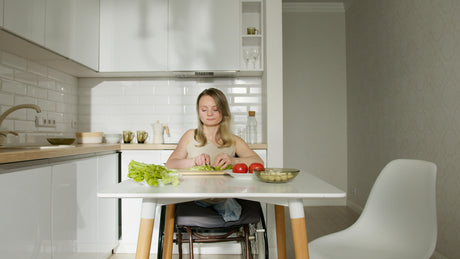
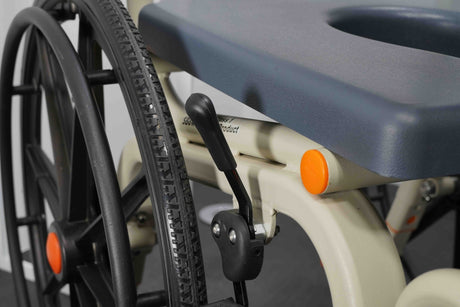


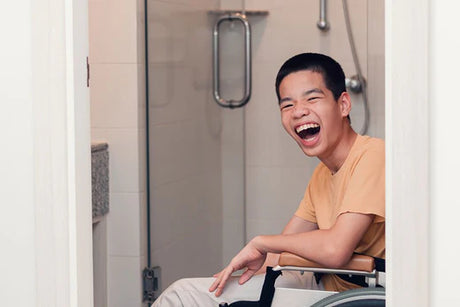
![Toilet Training A Young Child With Mobility Challenges [And How A Shower Chair Can Help]](http://shower-buddy.com/cdn/shop/articles/toilet-training-disabled-child_520x500_a90e5234-d372-435d-aa56-8da15dd3836c.webp?v=1722557239&width=460)

